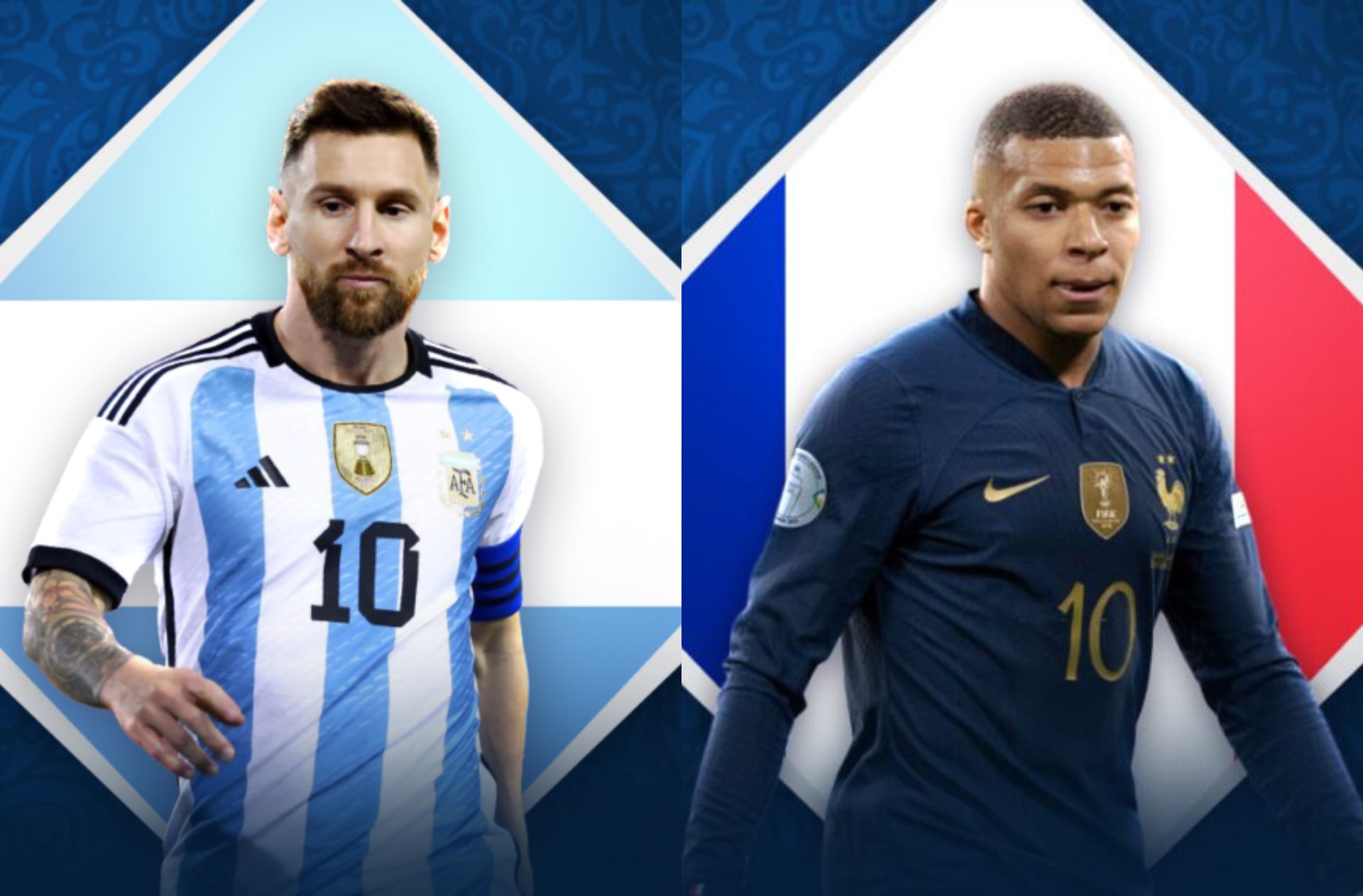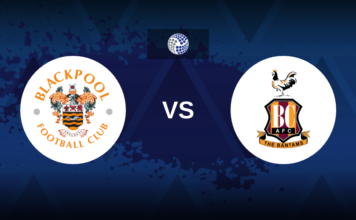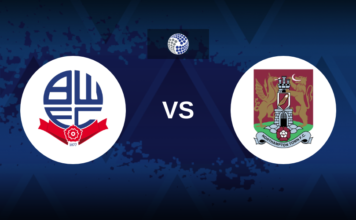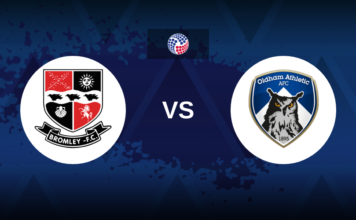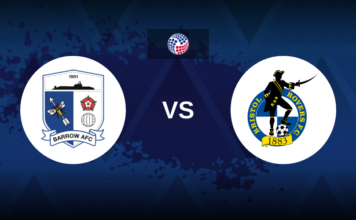Football’s biggest letdowns are another thrilling topic to delve into as we pick the top 10 failed transfers in football’s history. Explore the reasons behind these failed moves and the impact they had on clubs, players, and the footballing world as a whole.
10. Sergio Aguero’s Alternate Destiny:
Sergio Aguero, Manchester City’s legendary striker, could have taken a very different path had he moved to Chelsea instead. In 2009, after Aguero’s impressive performance for Atletico Madrid caught Chelsea’s eye, then-coach Carlo Ancelotti expressed his desire to team him up with Drogba. However, the deal never materialized due to financial disagreements; Atletico Madrid’s price tag of 40 million and additional demands by Aguero’s agent exceeded Chelsea’s budget. In a last-ditch effort in January 2011, Chelsea attempted to acquire Aguero and defender Diego Godin for 52 million pounds, but they were outmaneuvered by Manchester City. Chelsea’s decision to withdraw led them to sign Fernando Torres and David Luiz instead. Aguero’s impactful career at Manchester City and Chelsea’s subsequent regret underlines one of football’s most pronounced ‘what-ifs’.
9. The Potential Impact of Mbappe’s move to Los Blancos:
The story begins by imagining how Kylian Mbappe’s potential move to Real Madrid could have affected the situation of Jude Bellingham, had the French superstar switched to the Blanco side. Bellingham, who established himself as a key scorer in Madrid, might have had his position overshadowed by Mbappe’s presence. This hypothetical is used to open a larger discussion about significant transfers that fell through at the last moment, shaping soccer’s history. Transfers close to completion that dramatically unravel can have a profound impact, altering team dynamics and player careers. Such missed opportunities standout not for the transactions that occurred, but for the sporting narratives they create through their absence.
8. Gareth Bale and Toni Kroos – Near Misses for Manchester United:
At different points in time, both Gareth Bale and Toni Kroos were close to signing with Manchester United. Bale passed on the opportunity, preferring a gradual rise to the top through Tottenham and ultimately signing with Real Madrid, where he played a key role in several victories. Kroos was on the verge of joining Manchester United in 2014. Despite expressing initial interest and essentially agreeing to the transfer, a change in management led to the newly appointed Van Gaal dismissing the necessity for Kroos, who instead moved to Real Madrid. He later reflected on his decision, content with the successes he achieved, including three Champions League titles — a milestone he doubts would have been possible with Manchester United.
7. Frank Ribery’s Near Transfer to Real Madrid:
French winger Frank Ribery, after a successful World Cup 2006, was one step away from shifting to Real Madrid, which could have significantly altered his career and European football’s balance of power. However, Ribery stayed with Bayern Munich, where he thrived in the following years. Despite Real Madrid’s strong interest in 2009, strategic club moves and player loyalty — in addition to his wife’s preference — kept Ribery in Munich. This decision proved to be fruitful for Bayern Munich, as they went on to win the Champions League and numerous other titles. Ribery’s choice demonstrates the significant impact personal decisions have on the sports landscape.
6. Francesco Totti’s Real Madrid Saga:
Francesco Totti is often synonymous with AS Roma, yet there was a time when his move to Real Madrid was a true possibility. Comparable to the modern saga of Kylian Mbappe, Totti’s potential transfer was a subject of heavy speculation, even making headlines beyond sports news. The narrative behind his decision to stay at Roma speaks of his loyalty and the unique bond a player can have with their home club. He captained AS Roma at just 27 years of age and was at an ideal point to challenge himself at a “Galacticos” level with Real Madrid. With his Italian championship title, he knew he could not achieve much more in Rome, whereas Real Madrid was ready to give everything except the number 10 jersey and the captain’s armband, which belonged to club icons Figo and Raul. Despite a significant yearly salary offer that AS Roma could never match and the team going through a rough patch, including four coaching changes in one season, it was the arrival of coach Luciano Spalletti that made Totti reconsider. Spalletti turned Totti into the attacking focal point, creating the perfect conditions for his best game. With the affection he commanded in Rome and his rapidly growing legend status, Totti chose to stay, driven by loyalty over a thirst for trophies and money. According to Totti and his coach Zdeněk Zeman, he ultimately didn’t move because he was a part of Rome, with its irreplaceable culture, cuisine, and the love of the city. Totti’s story is a testament to the romantic idea of a one-club career.
5. Xavi’s Bavarian Opportunity:
Xavi, the legendary FC Barcelona midfielder, twice came close to joining Bayern Munich, and had he moved in 2008, he might have become a Munich legend as well. At the tail end of the 2000s, Barcelona was on the brink of financial trouble and considered selling Xavi as an asset. The player himself was open to transferring if the right offer came. An agent informed him of interest from Bayern, and a meeting with the club’s representatives took place. However, the appointment of Pep Guardiola as the head coach of Barcelona led to a change in Xavi’s fate. Guardiola assured him of his integral role in the team, transforming Xavi into the primary playmaker and assistant in both La Liga and the Champions League, cementing his legend status at Barcelona. In 2013, Guardiola took over Bayern and, missing Xavi’s influence, made an offer to bring him to the German side with doubled wages. Despite the tempting offer, Xavi chose loyalty and the comfort of his long-term home over starting anew at an older age. The choice left Bayern to sign another La Liga midfielder, Xabi Alonso, who fit perfectly into the team. Xavi’s decisions significantly shaped his career and the histories of both Barcelona and Bayern Munich.
4. David De Gea’s Deadline Day Drama:
In what has become a near-mythical story of modern football, Spanish goalkeeper David De Gea’s proposed transfer from Manchester United to Real Madrid on the final day of the 2015 tranfer window turned into a fiasco. With his contract coming to an end and showing no interest in renewal, Real Madrid was ready not only to pay a fee but also to swap Keylor Navas in part of the deal. All conditions pointed toward De Gea’s return to Spain, clubs had agreed, but then a last-minute debacle involving transfer paperwork ensued, resulting in a missed deadline. Reports from Spanish media were conflicted—Real Madrid had supposedly submitted the documents either a minute late or half an hour late. In the aftermath, Manchester United was blamed for uploading the documents to FIFA’s transfer system too late, while Real Madrid tried to use its clout to ask for an exception. In England, exceptions are sometimes made, but not in Spain. Despite Florentino Perez’s influence, nothing could be done. The story of the ‘fax machine glitch’ is likely a legend since the transfer system aims to digitize as much documentation as possible, and clubs input data concurrently into the system. The fax machine should not have been a deciding factor, so the story could have been an attempt to deflect responsibility that germinated into a widespread meme. Yet, had the notorious fax actually existed, it would be a museum-worthy relic for Real Madrid as they won three Champions League titles subsequently, with Keylor Navas, who could have been at Manchester United, earning spots in the tournament’s Dream Team. De Gea’s stymied move to Real Madrid once again demonstrates the intricacies of football transfers, encompassing tactical considerations and the pressure of stringent deadlines.
3. Steven Gerrard’s Chelsea Dilemma:
Steven Gerrard, renowned Liverpool captain, nearly signed with Chelsea in the summer of 2005. After Liverpool’s memorable Champions League victory, Gerrard felt unsure about Liverpool’s competitive future and Chelsea’s interest peaked after their Premier League success under Jose Mourinho. Chelsea saw Gerrard as the ideal addition to their midfield, offering him a significant pay rise and the prospect of domestic and European titles. Despite these lures and submitting a transfer request, which shocked Liverpool fans, Gerrard had a last-minute change of heart. His strong emotional ties to Liverpool and their fans, who pleaded for him to stay, led him to retract the transfer request. He stayed with Liverpool, becoming a legend for his one-club loyalty and for his crucial role in Liverpool’s historic wins, including the Champions League triumph in Istanbul and the FA Cup victory in 2006. Gerrard’s story is one of loyalty prevailing over financial temptation and the allure of immediate success.
2. The Lionel Messi and Manchester City Saga:
In the summer of 2021, Lionel Messi, one of the greatest footballers of all time, was reportedly on the verge of leaving FC Barcelona for Manchester City. The potential transfer became a major talking point in the sports world, with speculation rampant that the Argentinian superstar was discontent with the situation at Barcelona. City, under the management of former Barcelona coach Pep Guardiola, was believed to be the perfect new home for Messi. Rumors suggested that City had developed a ten-year plan for Messi, which included a role as an ambassador for City Football Group following his playing days. Despite this, and a seemingly perfect fit with Guardiola’s system, the move did not materialize due partly to Barcelona’s insistence on a 700 million euro release clause. La Liga backed this valuation, cooling City’s interest given the hefty cost for a player in his thirties. Messi ultimately went to Paris Saint-Germain instead. Fans can only wonder about what might have been and how Guardiola could have tailored the City squad around Messi’s abilities, potentially extending his top-level performance. This story encapsulates the complex nature of modern football transfers, combining tactical fit with significant financial and legal considerations.
1. Ronaldinho’s Missed Transfers to the Premier League and Real Madrid:
The year 2003 almost saw a seismic shift in European football as Brazilian superstar Ronaldinho was on the cusp of a high-profile transfer to the Premier League or Real Madrid. At Manchester United, Sir Alex Ferguson saw Ronaldinho as the perfect candidate to inherit David Beckham’s stardom but became disillusioned with the negotiations led by Ronaldinho’s brother, who was also his agent. Ferguson, having announced to players that Ronaldinho was to become their teammate, was left frustrated when the deal fell through. Meanwhile, Chelsea, with Roman Abramovich’s newfound riches, had entered the fray and sent a delegation to Paris to secure Ronaldinho’s signature. An intriguing claim suggests that Chelsea’s weather may have been a factor; a rainy negotiation day in London reportedly sowed doubts in Ronaldinho’s mind. Efforts by Manchester United’s executives, including Peter Kenyon, further complicated matters; Kenyon’s move to Chelsea meant he had a personal stake in not allowing the transfer to unduly influence his future position at the London club. Real Madrid’s interest in Ronaldinho is subject to another fascinating anecdote: President Florentino Perez allegedly preferred signing David Beckham over Ronaldinho based on their respective images, with some speculating that Ronaldinho’s appearance was deemed less commercially marketable. The transfer sagas of that summer provide a glimpse into the complex world of football negotiations, where image and behind-the-scenes decisions can have pivotal impacts on a player’s career trajectory. Ronaldinho’s ultimate move to Barcelona became iconic, reshaping not only his future but the future of the Catalan giants.
